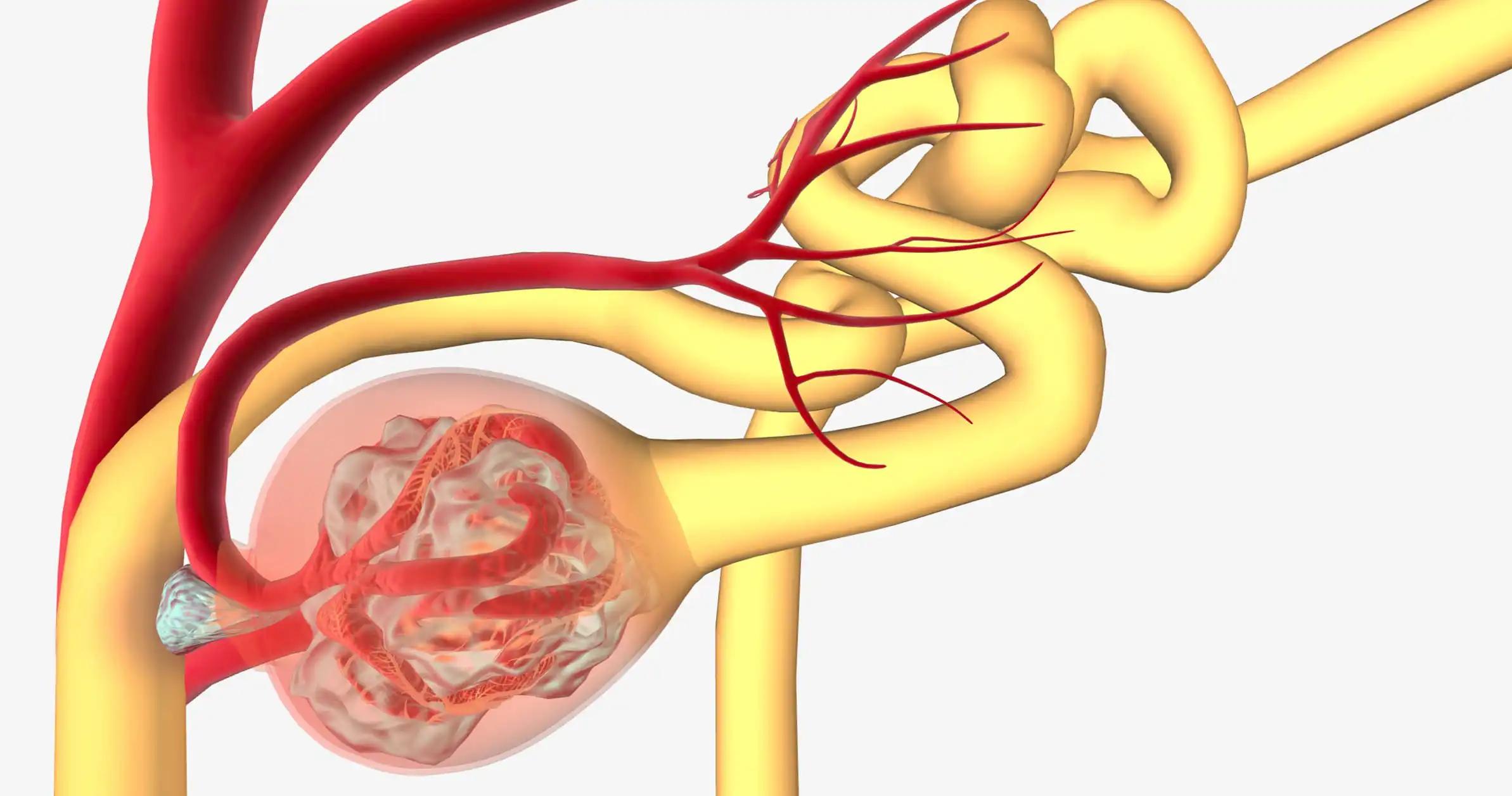KEY TAKEAWAYS
- Combination of vorolanib and everolimus or vorolanib alone vs. control arm of everolimus as second-line treatment in patients with metastatic RCC in Phase 3 Trial.
- The combination of vorolanib and everolimus significantly improved PFS compared to everolimus alone (10.0 vs. 6.4 months), indicating that combination therapy is more effective in treating metastatic RCC.
- No significant difference in PFS between the vorolanib alone and everolimus alone groups, indicating that vorolanib alone may not provide additional benefits over everolimus alone.
- Combination therapy resulted in a significantly higher objective response rate (24.8%) than everolimus alone (8.3%), indicating that combination therapy is more effective in inducing tumor regression.
Vascular endothelial growth factor receptor (VEGFR) and platelet-derived growth factor receptor (PDGFR) are the targets of vorolanib, a very effective tyrosine kinase inhibitor (TKI). This randomized, controlled trial aimed to compare the effectiveness of vorolanib in combination with everolimus or vorolanib alone against a control arm of everolimus for treating metastatic renal cell carcinoma (RCC) in patients in their second line of treatment.
Vorolanib and everolimus combination therapy or either monotherapy were randomly assigned (1:1:1) to patients with advanced or metastatic RCC who had previously been treated with one VEGFR-TKI. Metastases in the brain ruled out patients for this study. According to the Response Assessment Criteria in Solid Tumors v1.1, the independent review committee determined the major endpoint was PFS.
Throughout the study period (March 10, 2017 – May 30, 2019), 399 patients were enrolled (133 in each group). On the PFS endpoint (30th of April, 2020), the combo group significantly outperformed the everolimus group. There was no significant difference in PFS between the vorolanib and everolimus groups (median: 6.4 versus 6.4 months; hazard ratio, 0.94; P = 0.6856). When comparing the objective response rates between the two groups, the combination group had a considerably higher rate (24.8% vs. 8.3%; P = 0.0003), whereas there was no significant difference (-10.5% vs. 8.3%; P = 0.5278) between the vorolanib and everolimus groups. Data on global survival was still in its early stages.
The combination group had 96 (72.2%), the vorolanib group had 52 (39.1%), and the everolimus group had 71 (53.4%) treatment-related adverse events of grade 3 or higher.
Vorolanib combined with everolimus improved objective response rate and progression-free survival (PFS) compared to everolimus alone in patients with advanced or metastatic RCC who had disease progression on VEGFR-TKI therapy while presenting a tolerable risk of adverse events.
Source: https://pubmed.ncbi.nlm.nih.gov/36459768/
Clinical trial: https://clinicaltrials.gov/ct2/show/NCT03095040/
Sheng, X., Ye, D., Zhou, A., Yao, X., Luo, H., He, Z., Wang, Z., Zhao, Y., Ji, Z., Zou, Q., He, C., Guo, J., Tu, X., Liu, Z., Shi, B., Liu, B., Chen, P., Wei, Q., Hu, Z. and Zhang, Y. (2023). Efficacy and safety of vorolanib plus everolimus in metastatic renal cell carcinoma: A three-arm, randomised, double-blind, multicentre phase III study (CONCEPT). European Journal of Cancer, 178, pp.205–215. doi:https://doi.org/10.1016/j.ejca.2022.10.025.



